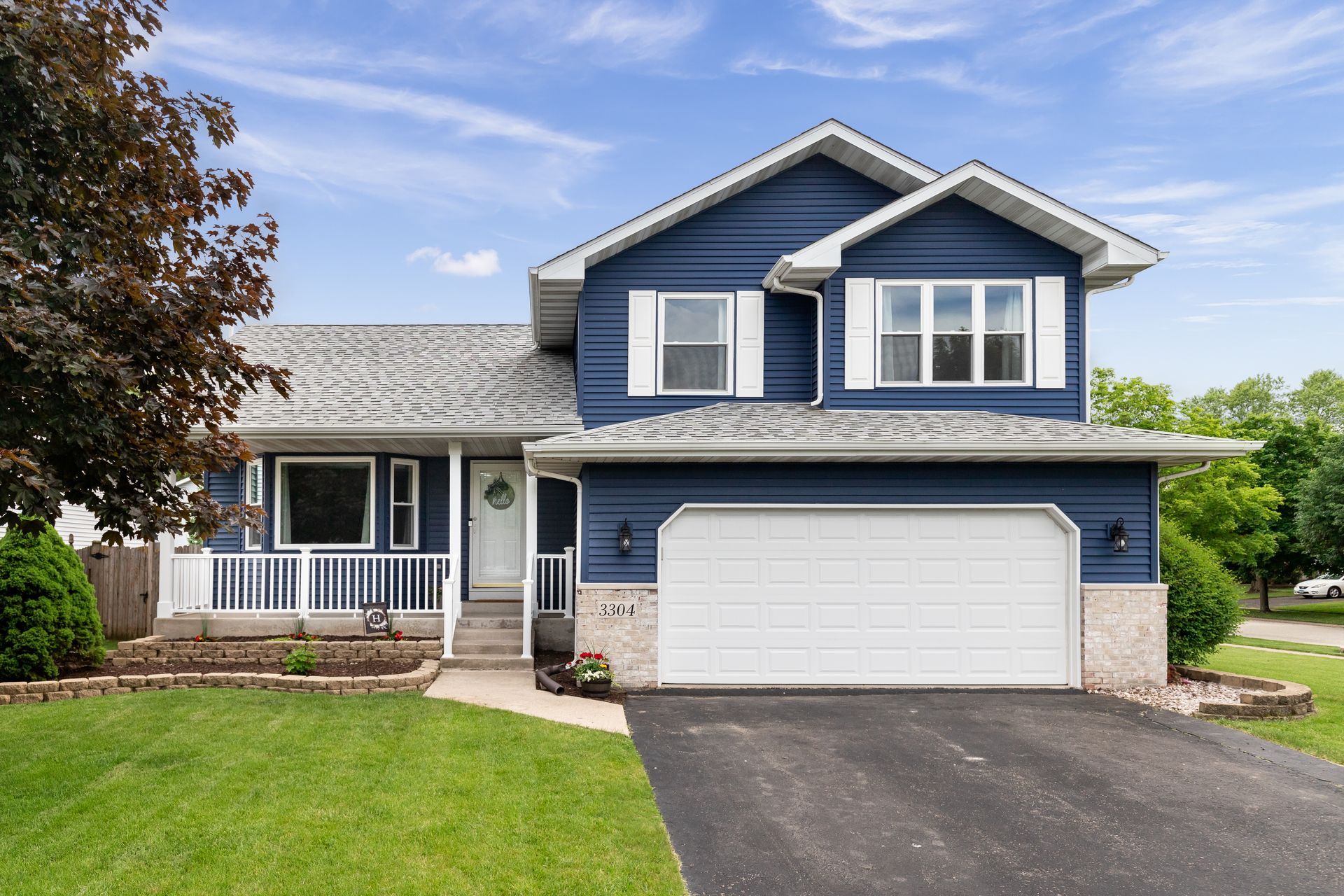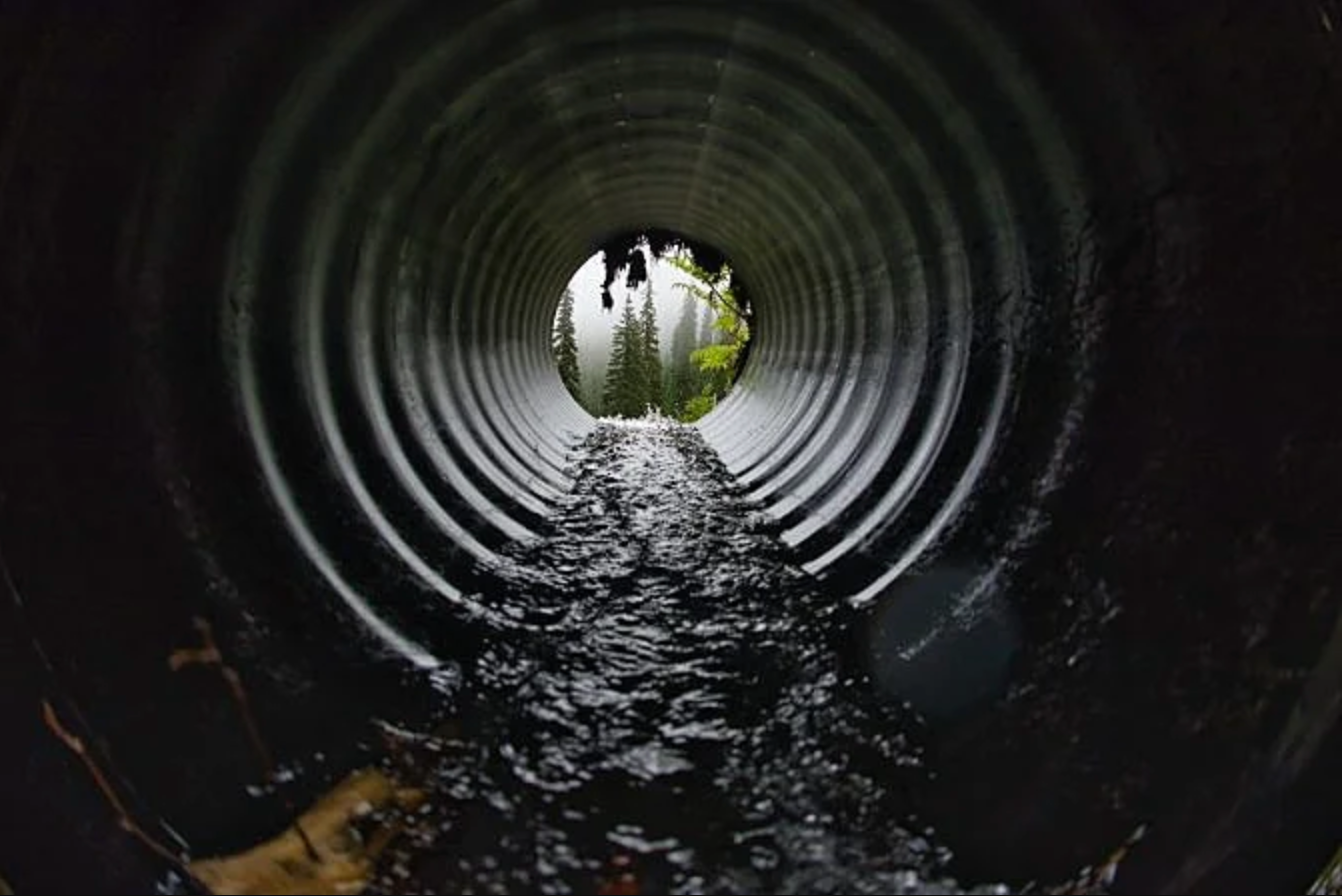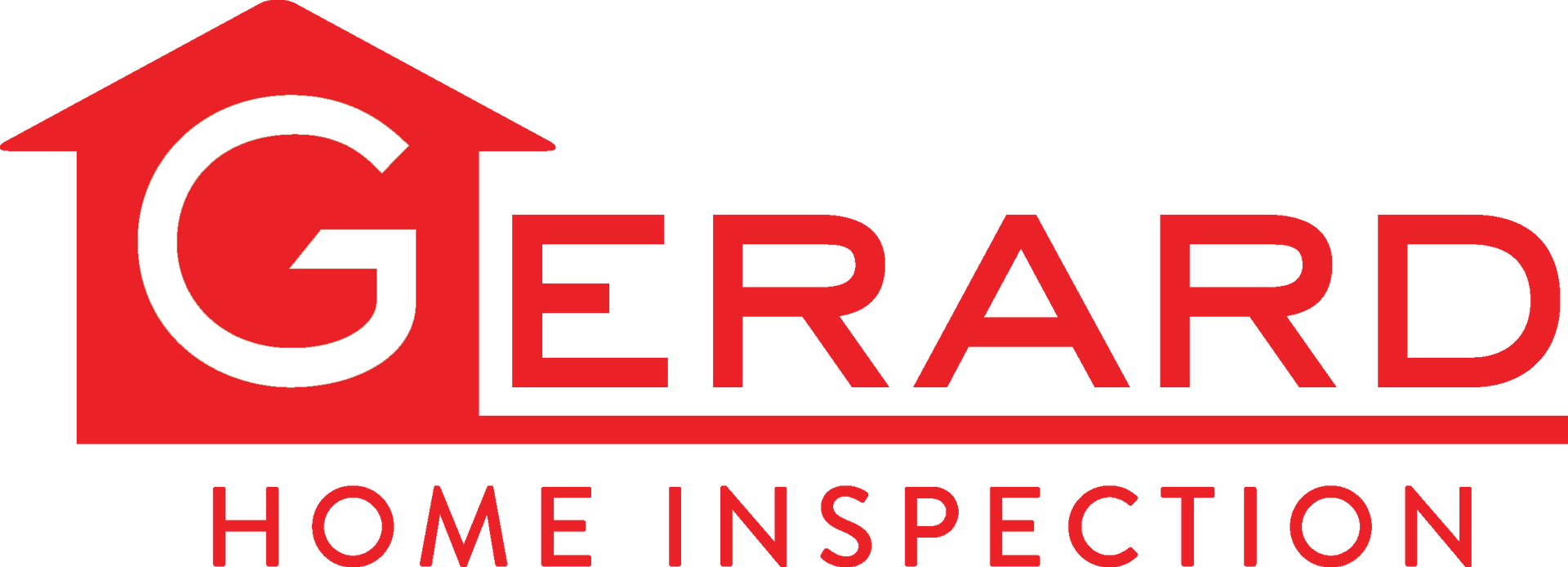Sewer Lateral Inspection &
Sewer Scoping
Ensuring the integrity of a home's sewer system is essential for preventing unexpected, costly repairs and for maintaining the overall health of the property. Hidden sewer line issues, such as blockages, root intrusions, and pipe deterioration, can lead to backups, leaks, and extensive damage if left undetected. At Gerard Home Inspection, we offer comprehensive Sewer Scoping and Sewer Lateral Inspection services that provide a detailed, real-time view of a property’s sewer system. Our advanced video inspection technology enables us to detect potential problems early, ensuring that homeowners and buyers make informed decisions about their property investments.
Why Consider Sewer Scoping for a Home Inspection?
A typical home inspection emphasizes the visible and structural aspects of a property, yet it overlooks the underground sewer lines, an essential but frequently neglected component of a home’s infrastructure. Sewer scoping enables us to inspect the internal state of the sewer pipes and uncover concealed problems like cracks, corrosion, or tree root intrusion, which may result in costly repairs or replacements. Recognizing these issues prior to buying a home provides buyers with negotiation power, allowing them to steer clear of unexpected expenses later on.
In addition to home buyers, current homeowners can benefit from periodic sewer inspections to catch early signs of deterioration and prevent emergency plumbing issues. By taking a proactive approach to their property's maintenance, homeowners can save thousands in potential excavation and repair costs and feel more in control of their home's upkeep.


How Does Sewer Scoping Work?
Sewer scoping involves using a high-resolution, waterproof camera inserted into the sewer line through an accessible cleanout. This camera transmits real-time video footage to a monitor, allowing our inspectors to thoroughly assess the condition of the pipes without invasive digging or excavation. The footage helps identify common sewer line problems such as clogs, cracks, bellied pipes (where the line has sunk and collects waste), and foreign obstructions.
This method is not only highly accurate but also provides immediate results, enabling homeowners and buyers to address any concerns quickly. Unlike traditional diagnostic methods that rely on assumptions or physical symptoms, sewer scoping offers visual proof of a problem, which can be invaluable for negotiating home purchases or planning repairs. Our experienced inspectors provide detailed reports, including video evidence, to help clients understand the state of their sewer system and determine the best course of action.
What Can a Sewer Lateral Inspection Detect?
Our sewer lateral inspection service aims to discover a variety of potential issues that could undermine the efficiency and safety of your plumbing system. The most common problems we identify include:
- Blockages and Clogs: Over time, debris, grease, and foreign objects can accumulate in sewer lines, causing partial or complete blockages. This results in slow drainage, backups, and potential damage to the pipes. Identifying these blockages early allows homeowners to remove obstructions before they escalate into significant plumbing failures.
- Root Intrusions: One of the most frequent causes of sewer line damage, tree roots naturally seek out moisture and can penetrate small cracks in pipes, growing inside and expanding until they cause severe blockages or pipe ruptures. If left untreated, root damage can necessitate extensive excavation and pipe replacement.
- Pipe Deterioration and Corrosion: Sewer lines made of older materials, such as clay or cast iron, are prone to deterioration over time. Corrosion can weaken the pipes, rendering them vulnerable to collapse or leaks. Sewer scoping assists in determining if replacement or reinforcement is warranted before a catastrophic failure occurs.
- Bellied or Misaligned Pipes: Over time, sections of a sewer line can shift due to soil movement, leading to low spots, or "bellies," where waste and water gather. These areas increase the likelihood of clogs, slow drainage, and pipe damage.
- Leaks and Cracks: Even small cracks in sewer lines can permit wastewater to seep into the surrounding soil, leading to foundation issues, foul odors, and possible contamination of the water supply. Early detection of these issues helps prevent extensive structural damage and costly repairs.
Preparing for a Sewer Scoping Inspection
To ensure an effective and efficient inspection, homeowners can take a few simple steps to prepare:
- Avoid using water immediately before the inspection – Running faucets, flushing toilets, or using dishwashers just before a sewer scope can introduce fresh water into the system, making it harder to detect existing issues like standing water or clogs.
- Ensure that the sewer cleanout is accessible – Our inspectors need clear access to the main sewer cleanout to insert the camera. If the cleanout is buried, blocked, or inaccessible, we may require additional time or tools.
- Inform us of any past sewer issues – If you’ve experienced frequent backups, slow drains, or unusual plumbing noises, letting us know in advance can help us pinpoint specific areas of concern.
SEWER SCOPING FAQs
Do you provide sewer scoping services as part of a home inspection?
Yes, we offer sewer scoping as an add-on service to our standard home inspections. This allows buyers and homeowners to gain a comprehensive understanding of their property's plumbing health.
Is sewer scoping accurate in detecting problems?
Yes, sewer scoping provides precise, real-time visuals of the sewer line, making it one of the most effective ways to detect hidden issues that would otherwise go unnoticed until a failure occurs.
Is sewer scoping safe and non-invasive?
Yes, the process is entirely non-invasive and does not involve any digging or structural alterations to the home. It provides a safe, efficient, and effective method to evaluate sewer line health.
Is a sewer scoping inspection worth the cost?
Absolutely! Sewer repair or replacement can cost thousands of dollars. In contrast, a sewer scoping inspection is a modest investment that offers peace of mind and helps prevent unexpected plumbing disasters.
How often should I have a sewer scoping inspection?
- Before purchasing a home, especially older properties or those with mature trees nearby.
- Every few years for existing homeowners as part of routine maintenance, particularly if plumbing issues arise.
- Immediately if experiencing slow drains, frequent backups, or foul sewer odors.
Schedule Your Sewer Scoping Inspection Today!
By incorporating Sewer Scoping and Sewer Lateral Inspections into your home buying or maintenance routine, you can avoid major plumbing disasters, protect your investment, and ensure the long-term integrity of your home’s sewer system.
If you’re buying a home, noticing slow drains, or just want peace of mind, give us a call today to schedule your Sewer Scoping Inspection. Our expert team is ready to provide you with the detailed insights you need to make informed decisions about your property.

